-
×
Vibrant and Captivating Red-Line Tetras: Add Beauty and Liveliness to Your Aquarium, Stunning Tropical Fish for a Peaceful Environment with Ideal Tank Compatibility 1 × £28.06
-
×
-
×
-
×
-
×
Turquoise Checkerboard Discus – Symphysodon aequifasciatus “Turquoise Checkerboard” size 5 to, Stunning Tropical Fish, Ideal Companions for Beginner Aquarists Seeking Colorful Additions 1 × £55.00
-
×
-
×
Neolamprologus Caudopunctatus «Red Fin» - Lake Tanganyika Cichlid - Zambia 1 × £12.58
-
×
-
×
-
×
-
×
-
×
-
×
-
×
Subtotal: £273.37

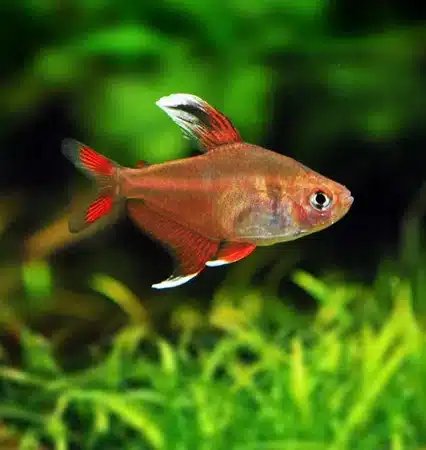 Vibrant and Captivating Red-Line Tetras: Add Beauty and Liveliness to Your Aquarium, Stunning Tropical Fish for a Peaceful Environment with Ideal Tank Compatibility
Vibrant and Captivating Red-Line Tetras: Add Beauty and Liveliness to Your Aquarium, Stunning Tropical Fish for a Peaceful Environment with Ideal Tank Compatibility 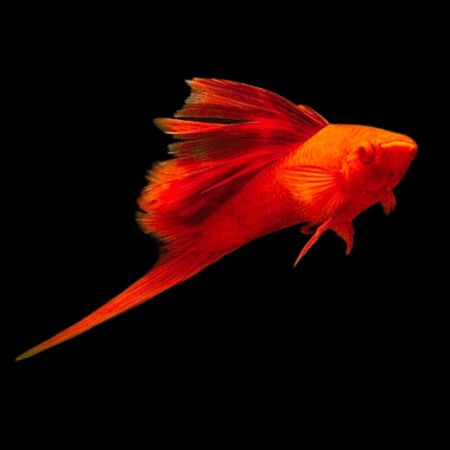


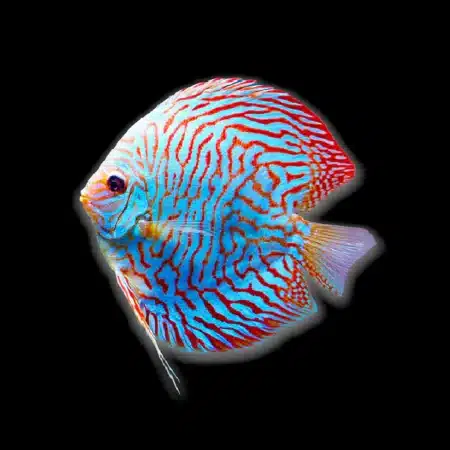 Turquoise Checkerboard Discus – Symphysodon aequifasciatus “Turquoise Checkerboard” size 5 to, Stunning Tropical Fish, Ideal Companions for Beginner Aquarists Seeking Colorful Additions
Turquoise Checkerboard Discus – Symphysodon aequifasciatus “Turquoise Checkerboard” size 5 to, Stunning Tropical Fish, Ideal Companions for Beginner Aquarists Seeking Colorful Additions 
 Neolamprologus Caudopunctatus «Red Fin» - Lake Tanganyika Cichlid - Zambia
Neolamprologus Caudopunctatus «Red Fin» - Lake Tanganyika Cichlid - Zambia 






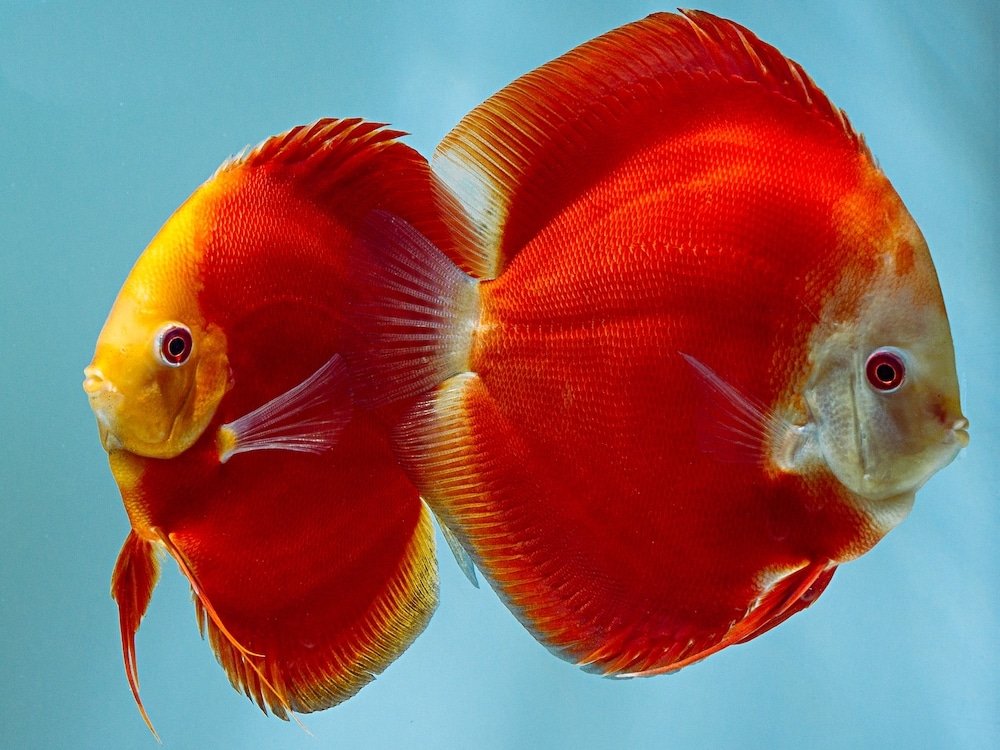


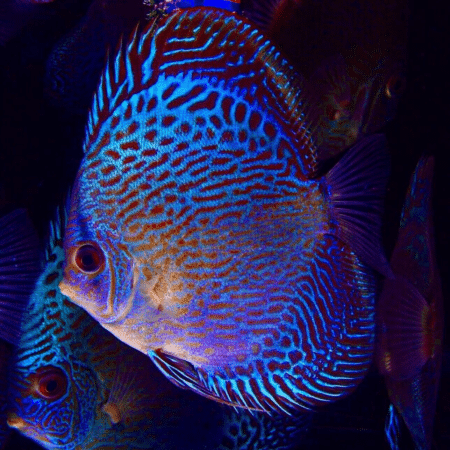


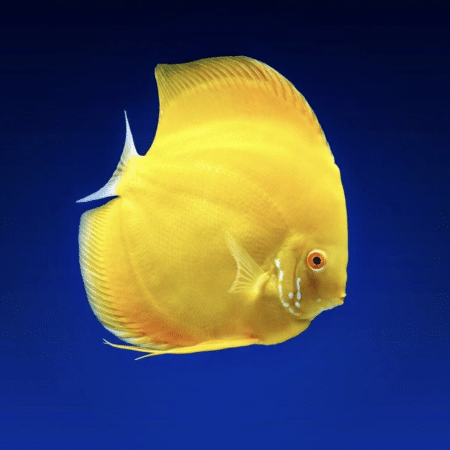

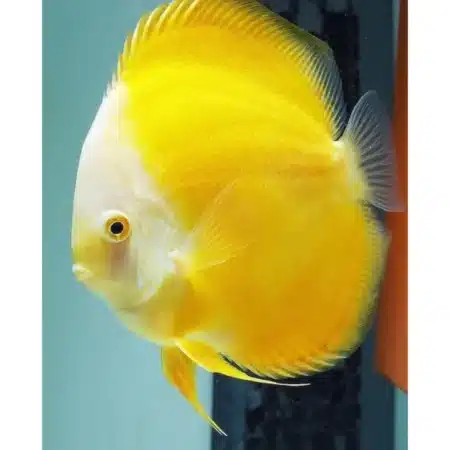
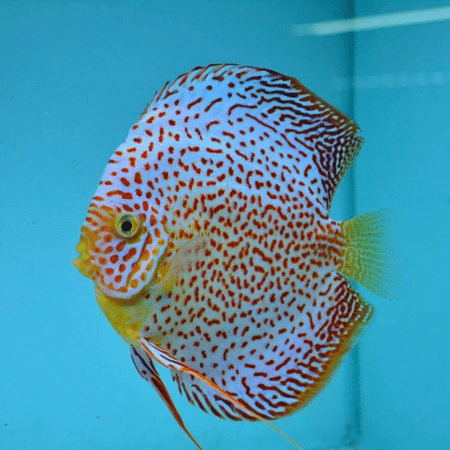

Emily Carter (verified owner) –
I recently added the Super Red Melon Discus to my aquarium, and I couldn’t be happier! After about two weeks, these beautiful discus fish have settled in wonderfully. Their stunning colors – vibrant reds and delicate patterns – have truly transformed my tank into a lively centerpiece. I love how social and interactive they are; they immediately come to the front of the tank when they see me. It’s heartwarming to see them thrive!
Compared to other discus I’ve kept in the past, the Super Red Melon has shown a remarkable resilience to changes in water conditions, which makes them a great choice for both new and experienced aquarists. Just ensure that the water is clean and warm, and they’ll flourish. The only small concern was that they were a bit shy initially, but with a little patience and some floating plants for coverage, they came out of their shells quickly.
I highly recommend these discus for anyone looking to add a splash of color and personality to their aquarium. They are not only beautiful but also seem to have a joyful spirit. I plan to buy more in the future to create a stunning display!
Emily Carter (verified owner) –
I recently added the Super Red Melon Discus to my aquarium, and I couldn’t be happier! These discus fish are not only breathtakingly beautiful with their vibrant colors, but they also have such a calm and friendly demeanor. After a few weeks of adjusting to their new home, they’ve started to thrive. I love how they interact with each other and even come to the front of the tank when they see me! I chose these over other varieties because their coloration is just so striking, and I’ve found them to be quite hardy, making them ideal for beginner aquarists like myself. They settled in quickly, and after about two months, their colors intensified beautifully. Just be sure to maintain stable water conditions and provide plenty of space for swimming! My only minor concern was that they were a bit shy at first, but with some patience and the right environment, they’ve really opened up. I highly recommend the Super Red Melon Discus to anyone looking to add some vibrant life to their tank. Trust me, they’ll bring a smile to your face every time you see them!